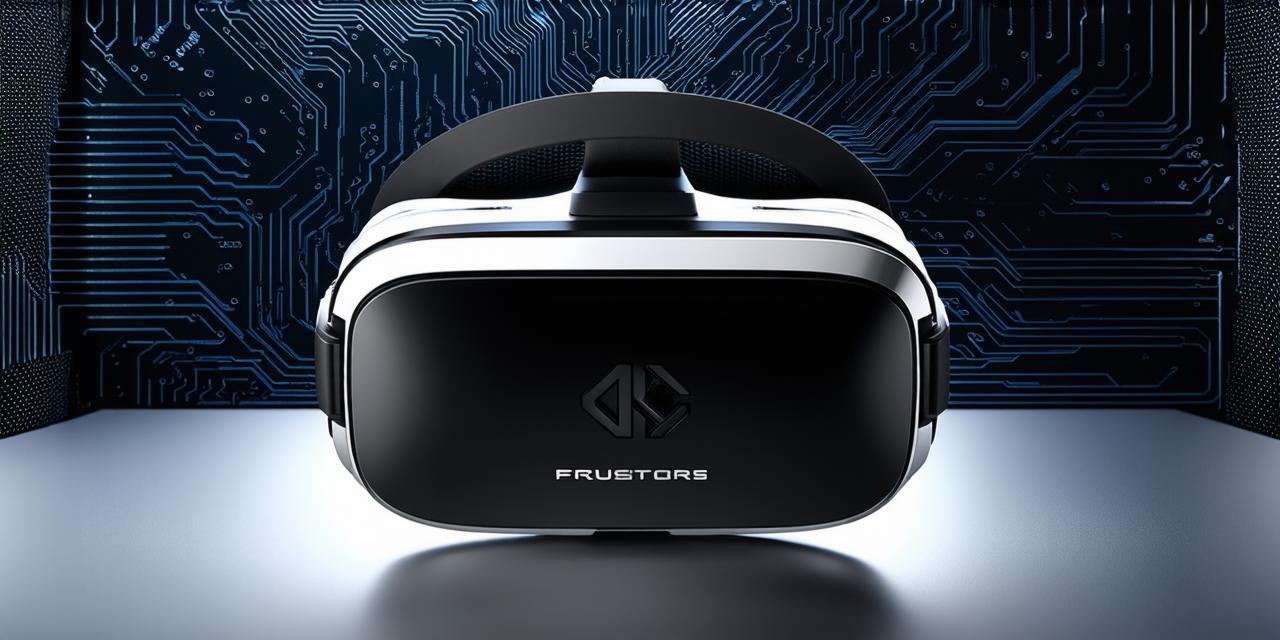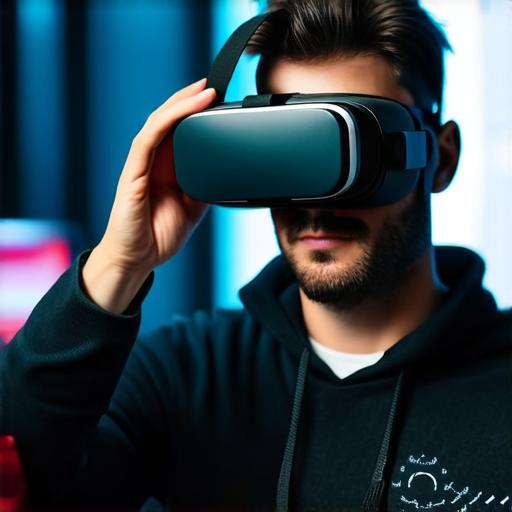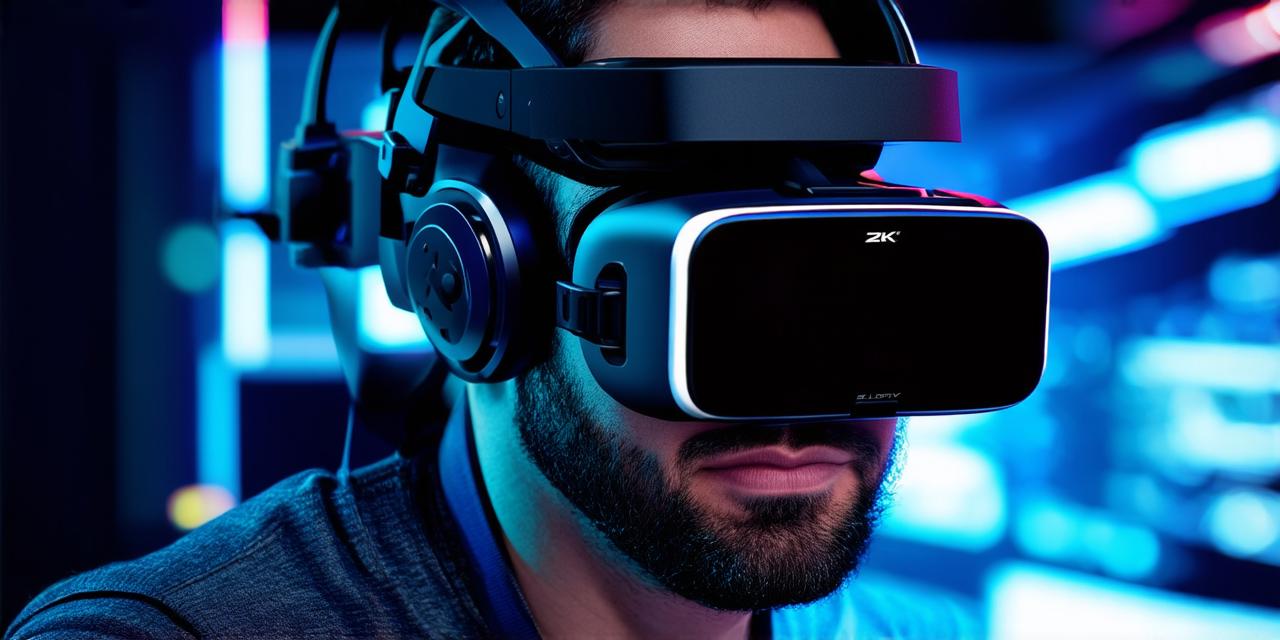
Optimize VR development with these best practices
In the rapidly evolving world of Virtual Reality (VR), staying ahead requires more than just cutting-edge technology. It demands a strategic approach, honed through best practices that ensure optimal results.
Embracing Efficiency: The Key to Streamlined Development
Efficiency is the cornerstone of any successful VR project. Leveraging tools like Unity or Unreal Engine can significantly reduce development time, allowing you to focus on creating immersive experiences.
For instance, Google’s Tilt Brush, developed using Unity, showcases the power of these tools in creating engaging VR content.
Optimizing for Performance: The Fine Art of Balance
Striking a balance between performance and visual appeal is crucial. Overloading a VR environment with high-resolution textures can lead to lag, ruining the immersive experience.
Instead, focus on optimizing your assets, using techniques like texture baking and level of detail (LOD) systems.
Iterative Design: The Path to Perfection
Iterative design is a practice that encourages continuous improvement. By regularly testing and refining your VR project, you can ensure it meets the needs of your users.
For example, Facebook’s Oculus team uses this approach, continually updating their software based on user feedback.
User Experience: The Heart of VR Development
User experience (UX) is paramount in VR. A well-designed UX can make or break a project. To create an intuitive UX, consider the natural movements of the human body and design interactions that mimic these movements.
For instance, the HTC Vive’s room-scale VR allows users to move freely within their space, enhancing the immersive experience.
Collaboration: The Secret Ingredient
Collaboration is key in VR development. Working together with a team of experts can bring fresh perspectives and skills to your project.
For example, the development of the VR game “Keep Talking and Nobody Explodes” involved a team of designers, programmers, and artists collaborating to create a unique and engaging experience.
Innovation: The Future of VR Development
Innovation is what drives the VR industry forward. To stay ahead, always be on the lookout for new technologies and trends.
Whether it’s haptic feedback, eye-tracking, or AI integration, these advancements can take your VR project to new heights.

FAQs
Q: What tools are best for VR development?
A: Unity and Unreal Engine are popular choices due to their efficiency and versatility.
Q: How important is user experience in VR development?
A: User experience is crucial as it directly impacts the immersive quality of a VR project.
Q: What role does collaboration play in VR development?
A: Collaboration allows for diverse perspectives and skills, leading to more innovative and engaging projects.
In conclusion, optimizing your VR development journey requires a strategic approach, embracing efficiency, focusing on performance, iterative design, prioritizing user experience, collaborating with others, and staying ahead through innovation. By following these best practices, you’ll be well on your way to creating immersive, engaging, and successful VR experiences.

